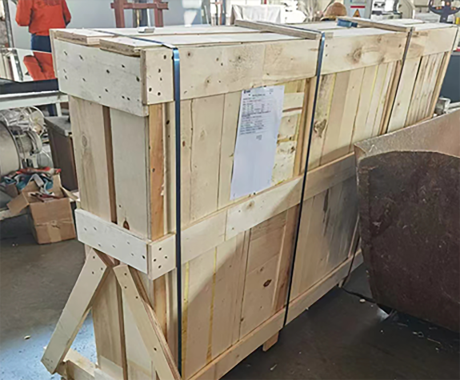

The Allure of Mirror Glass A Reflection on Design and Functionality
In the realm of architectural and interior design, few elements captivate the imagination quite like mirror glass. This versatile material transcends mere functionality; it embodies an aesthetic quality that can transform spaces, enhance lighting, and create visually captivating illusions. As we delve into the world of mirror glass, we uncover its historical significance, its various applications, and the innovative trends shaping its future.
Historically, mirrored surfaces have drawn fascination since ancient civilizations. The earliest mirrors were made from polished metals such as bronze and silver, but it wasn't until the invention of glass mirrors in the 16th century that the true magic of reflective surfaces began to take shape. The first true glass mirrors were produced in Venice, where artisans perfected the art of silvering glass, creating a clear reflection that became a symbol of wealth and sophistication. This development marked the beginning of a cultural shift, as mirrors started appearing in homes and public spaces, reflecting not just images but aspirations and identity.
The appeal of mirror glass lies in its ability to manipulate space. In architecture, it is often employed to create a sense of openness, especially in urban settings where space is at a premium. By using large panels of mirror glass on building facades, architects can project an image of grandeur while simultaneously reflecting the surrounding environment. This approach allows urban structures to blend harmoniously with their landscapes, minimizing visual clutter and promoting a seamless dialogue between architecture and nature. Skyscrapers and commercial buildings frequently use mirror glass to enhance their exterior aesthetics, creating a shimmering skyline that captures the essence of modernity.
In interior design, mirror glass serves as a powerful tool for enhancing light and space. Strategically placed mirrors can make a small room feel larger and more inviting. For instance, a mirror on one wall of a narrow corridor can visually widen the space, creating an illusion that draws the eye and encourages movement. Moreover, the reflective properties of mirror glass amplify natural light, making dimly lit rooms more vibrant. Designers often incorporate mirrored accents in various forms, from furniture pieces, such as coffee tables and dressers, to decorative elements like wall sconces and art installations.

Beyond its practical applications, mirror glass is also an essential medium for artistic expression. Contemporary artists have embraced reflective surfaces to challenge perceptions and provoke thought. Installations featuring mirror glass compel viewers to confront their reflections, questioning their identities and the nature of reality. One such example is the work of artist Anish Kapoor, whose mirrored sculptures invite contemplation about space, light, and form. These artworks blur the lines between viewer and subject, creating an interactive experience that is as thought-provoking as it is visually striking.
As we look to the future, the evolution of mirror glass continues to inspire innovation. Advances in technology have led to the development of smart mirror glass, which integrates digital interfaces into reflective surfaces. Imagine a mirror that not only reflects your image but also provides real-time information, such as weather updates, calendar events, or even health data. This convergence of functionality and design could revolutionize how we interact with our environments, making mirror glass a central component of smart homes and contemporary living.
Moreover, sustainability has become an essential consideration in design. The production of mirror glass has evolved, with a growing emphasis on eco-friendly materials and processes. Designers are exploring options such as recycled glass and innovative coatings that reduce environmental impact. This shift towards sustainable practices not only addresses ecological concerns but also meets the rising consumer demand for responsible design.
In conclusion, mirror glass represents more than just a reflective surface; it encapsulates a blend of history, innovation, and artistic expression. Its ability to enhance spaces, redefine perceptions, and integrate technology positions it as a vital element in contemporary design. As we continue to explore the potential of mirror glass, we are reminded of its power to reflect not just images, but also the essence of our experiences and aspirations. Whether in architecture, interior design, or art, the allure of mirror glass is unlikely to fade, as it continues to shine brightly in the tapestry of human creativity.